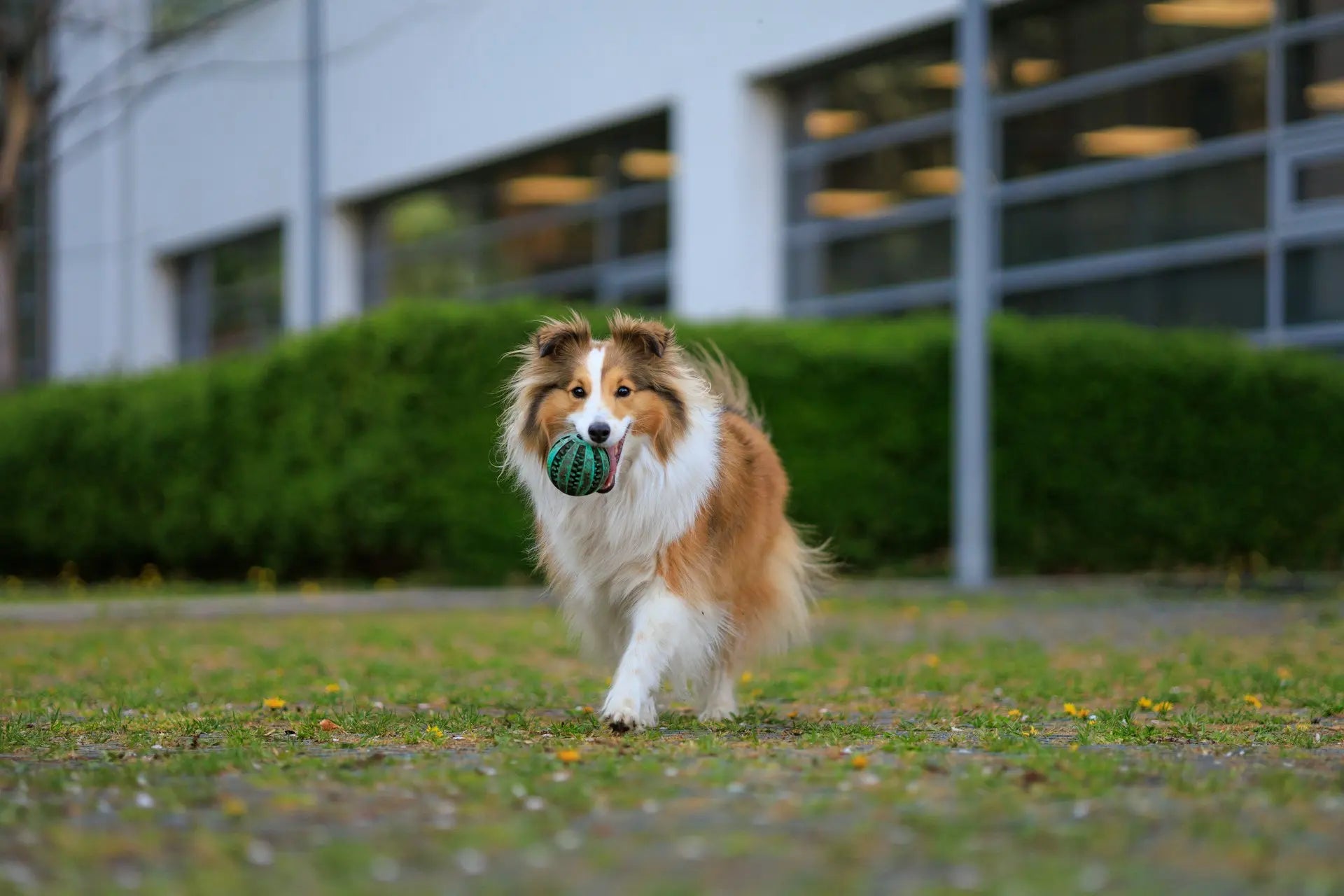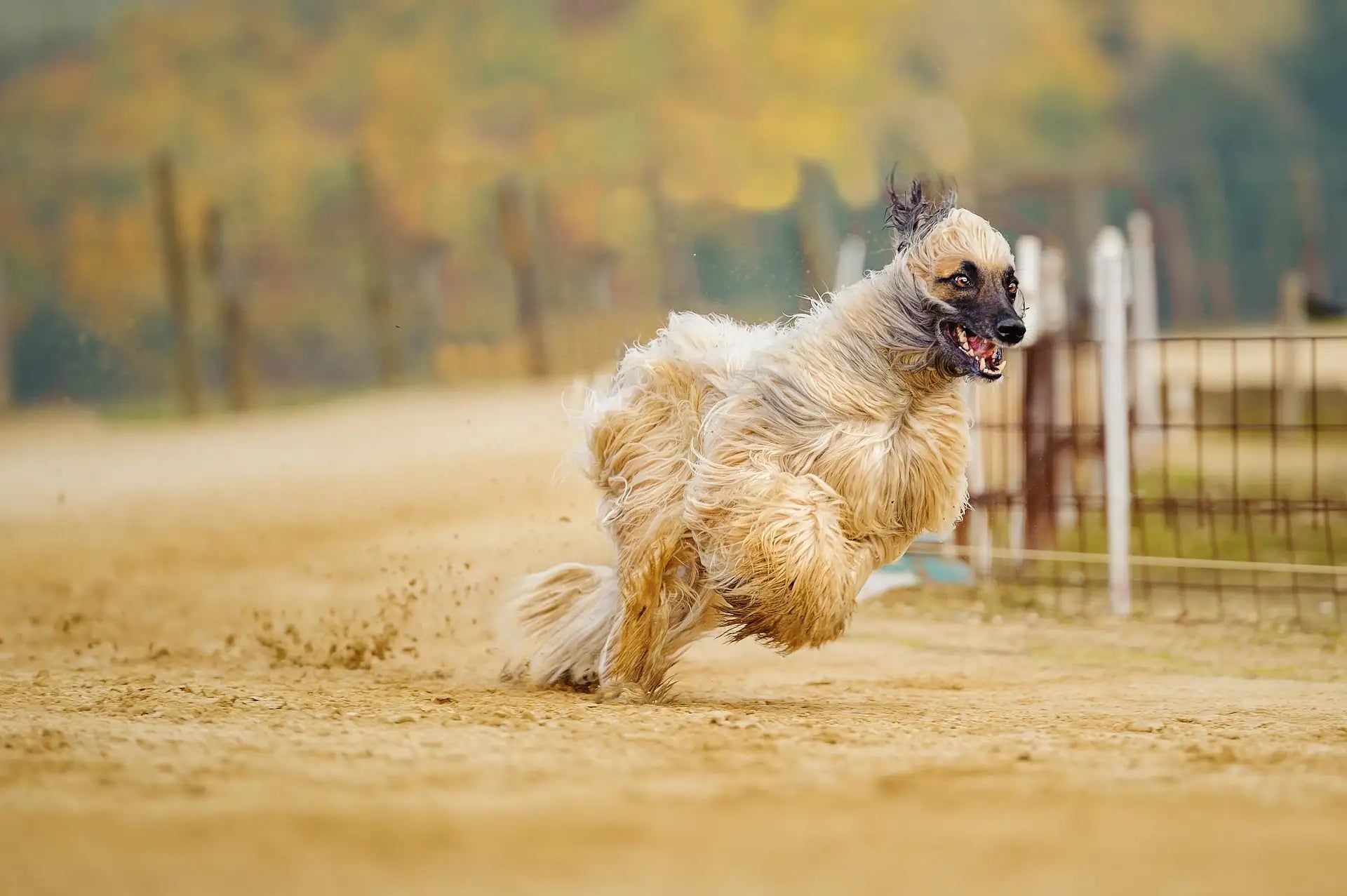
Shetland Sheepdog: Complete Owner’s Guide (Trusted by Dog Lovers)
The Shetland Sheepdog, affectionately known as the Sheltie, is a lively, intelligent breed originally developed to herd sheep in Scotland's rugged Shetland Islands. Today, Shelties are beloved family companions known for their loyalty, trainability, and affectionate nature.
In this guide, we’ll answer the most common questions about Shetland Sheepdogs to help you decide if this smart and spirited breed is the right fit for your home.
Quick Facts Overview
|
Trait |
Details |
|
Size Category |
Small to Medium |
|
Height & Weight |
Height: 33–41 cm; Weight: 6–12 kg |
|
Coat Type & Colours |
Long, dense double coat; sable, black, blue merle, bi-black, bi-blue |
|
Energy Level |
High |
|
Origin |
Scotland (Shetland Islands) |
|
Grooming Needs |
High |
|
Temperament |
Loyal, intelligent, reserved with strangers |
|
Trainability |
Very High |
|
Compatibility |
Great for families and active homes |
|
Lifespan |
12–14 years |
Breed Origins and History
The Shetland Sheepdog hails from the rugged Shetland Islands of Scotland, where their compact size and hardy nature made them ideal for herding sheep in harsh conditions. Developed from small working Collies and possibly spitz-type dogs, Shelties evolved to be smart, resilient, and deeply loyal to their owners. Over time, their beauty and sharp minds won hearts far beyond the islands, making them beloved companions around the world today.
Personality and Temperament
Shelties are known for their affectionate nature, quick intelligence, and strong devotion to their families. While they can be reserved with strangers, they are loving and enthusiastic with those they trust. Sensitive and alert, Shelties are natural watchdogs but are rarely aggressive. Their playful spirit and eagerness to please make them wonderful family companions.
Trainability and Intelligence
Shetland Sheepdogs are among the most trainable breeds in the world. They excel at obedience, agility, and trick training thanks to their eagerness to learn and deep desire to work alongside their owners.
-
Start training early for the best results
-
Use positive reinforcement methods—treats, praise, and play
-
Shelties thrive on structured activities and mental challenges
-
A lightweight training harness ensures safe and comfortable sessions
-
Keep high-value treats handy in a treat bag during walks and training
Exercise and Activity Requirements
Despite their small size, Shelties are high-energy dogs who need daily physical and mental exercise.
-
1–1.5 hours of daily exercise
-
Enjoy brisk walks, herding games, agility sports, and obedience work
-
Mental stimulation through training and puzzle toys is essential
-
A comfortable hands-free lead makes daily walks easier
-
Shelties particularly enjoy structured play and trick-training sessions
Physical Characteristics
Elegant and graceful, Shelties combine strength with beauty.
-
Height: 33–41 cm
-
Weight: 6–12 kg
-
Coat: Long, straight outer coat with dense undercoat
-
Colours: Sable, black, blue merle, bi-black, bi-blue
-
Best fitted with small to medium dog gear
Living Environment Suitability
Shelties adapt well to various living environments but do best in homes where they receive plenty of attention and exercise.
-
Perfect for suburban homes with secure yards
-
Apartment living is possible with high exercise commitment
-
Thrive when included in family activities
-
Rest peacefully on an orthopaedic dog bed
-
Always secure them during travel with a dog car harness
Grooming and Maintenance
The Sheltie’s beautiful coat requires consistent grooming to stay healthy and tangle-free.
-
Brush thoroughly 2–3 times a week
-
During shedding seasons (spring and autumn), daily brushing helps manage hair
-
Bathe every 6–8 weeks or as needed
-
Regular ear cleaning and nail trimming are important
-
Use a lightweight soft collar to protect their coat
Common Health Issues
Shelties are generally healthy but can be predisposed to certain genetic conditions.
-
Common issues: hip dysplasia, hypothyroidism, collie eye anomaly (CEA), dermatomyositis
-
Maintain a healthy weight and provide regular veterinary check-ups
-
Orthopaedic support with a quality dog bed benefits joint health
Diet and Feeding Guidelines
A balanced, nutritious diet helps Shelties stay energetic and healthy.
-
Puppies: Feed 3 meals daily to support growth and development
-
Adults: Feed 2 meals a day, adjusting portions based on activity level
-
Choose high-quality formulas that promote coat and joint health
-
Always provide fresh, clean water
-
Portable bowls make travel and outings easier
Compatibility with People and Other Pets
Shelties are affectionate and gentle, fitting beautifully into active households.
-
Great with children and other dogs when properly socialised
-
Sensitive to rough handling—gentle, respectful interactions are best
-
Early exposure to various people and pets builds their confidence
-
Manage multi-pet outings with a coupler lead
Behavioural Issues and Management
Without enough exercise or mental stimulation, Shelties can become bored and develop undesirable behaviours.
-
Prone to excessive barking if under-stimulated
-
Benefit greatly from daily mental enrichment like training and games
-
A no-pull harness supports polite walking
-
Rotate durable toys to prevent boredom-driven chewing
Essential Gear for Shetland Sheepdogs
Walking and Training
Comfort and Rest
Fun and Enrichment
FAQs: Shetland Sheepdog
1. Are Shetland Sheepdogs good house dogs?
Yes, Shetland Sheepdogs, or Shelties, are wonderful house dogs. They are gentle, loyal, and form strong bonds with their families. Their smaller size and affectionate nature make them well-suited for both apartments and larger homes, provided they receive enough daily exercise.
2. What are the disadvantages of a Sheltie?
While Shelties are loving and intelligent, they can be prone to barking, sensitivity to loud environments, and separation anxiety if left alone for too long. Their thick double coat also requires regular grooming to prevent matting.
3. Are Shelties high maintenance?
Shelties are moderate to high maintenance. Grooming is a major consideration, as their long, double coat needs brushing several times a week. They also need consistent mental stimulation and training to keep their intelligent minds engaged.
4. Do Shelties bark a lot?
Yes, Shelties are known for being vocal. They have a strong instinct to alert their families to anything unusual, whether it’s a visitor at the door or a bird in the yard. Early training and regular engagement help manage excessive barking.
5. Can Shelties be left alone?
Shelties prefer being close to their families and can struggle if left alone for extended periods. While they can manage short absences, frequent or long separations may lead to anxiety or destructive behaviour. Interactive toys and gradual training can help ease their stress.
6. Are Shelties aggressive?
Generally, Shelties are not aggressive. They are naturally reserved with strangers but rarely show aggression without strong provocation. Proper socialisation from an early age helps ensure they grow into confident, well-mannered adults.
7. What is the life expectancy of a Sheltie?
Shetland Sheepdogs are long-lived compared to many breeds, typically reaching 12 to 14 years. With a healthy diet, regular vet checkups, and an active lifestyle, some Shelties live even longer.
8. Are Shelties good for first-time owners?
Shelties can be a good choice for first-time owners who are ready to invest time in training, grooming, and exercise. Their willingness to please and quick learning ability make them easier to train than some other breeds, but their energy and grooming needs must be considered.
9. How smart is a Sheltie dog?
Shelties are exceptionally intelligent and rank among the top dog breeds for trainability and obedience. They excel in agility, obedience, and herding competitions, and they thrive on learning new tasks and tricks.
10. What's the difference between a Sheltie and a Shetland Sheepdog?
There is no difference — they are the same breed. “Sheltie” is simply a common nickname for the Shetland Sheepdog. Both terms refer to this intelligent, agile, and affectionate herding breed.
Final Thoughts
Shetland Sheepdogs bring a beautiful mix of intelligence, loyalty, and energy to any household. While they require regular grooming and daily engagement, the bond they form with their families is truly special. Understanding their unique needs, from mental stimulation to companionship, will help you provide a happy and fulfilling life for your Sheltie.
Looking for the best gear for your Shetland Sheepdog? Equip yourself with the right dog training gear, grooming essentials, and durable walking harnesses to give your Airedale the best start.
Visit our EzyDog store to find everything your energetic companion needs for a happy and active life.




Leave a comment
This site is protected by hCaptcha and the hCaptcha Privacy Policy and Terms of Service apply.